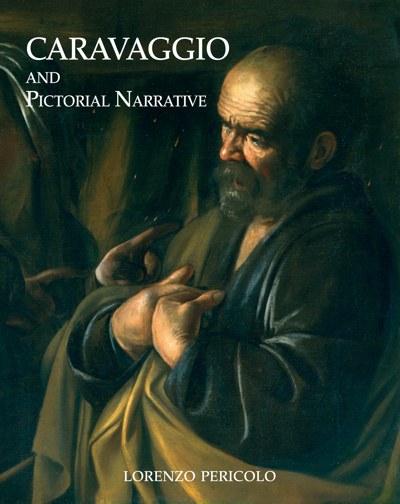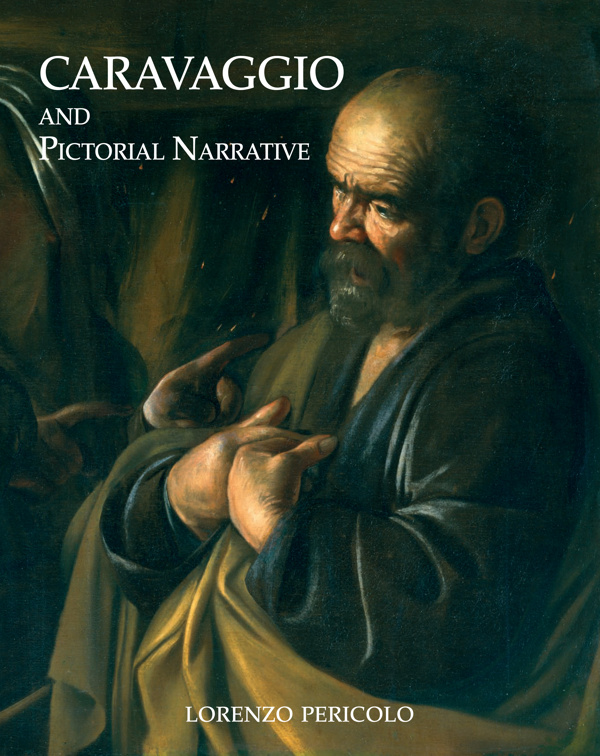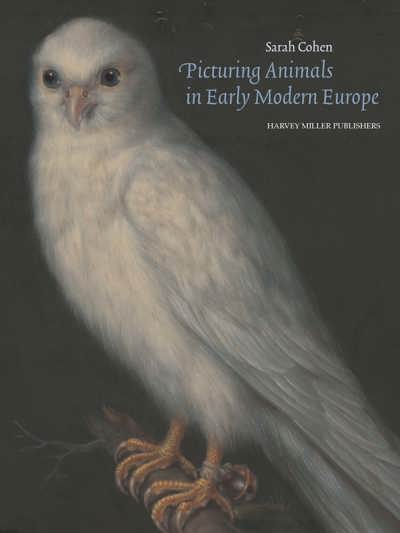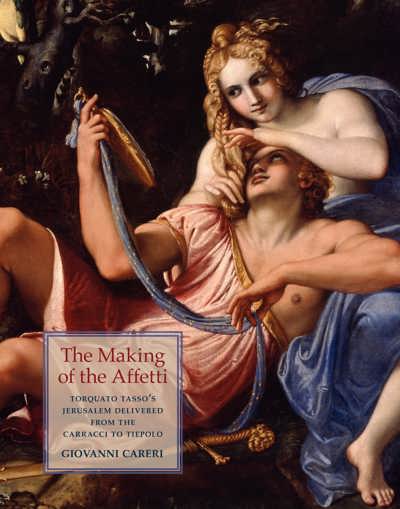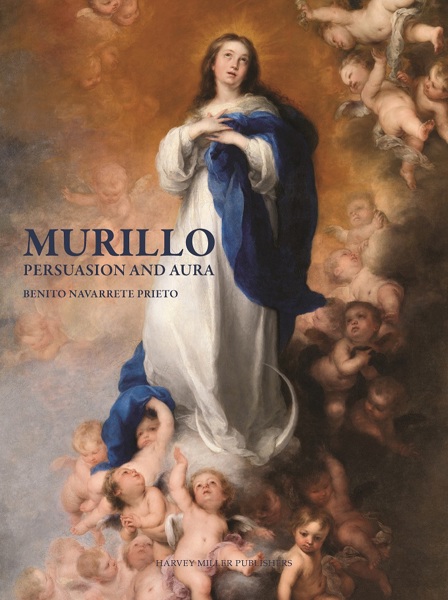
Caravaggio and Pictorial Narrative
Dislocating the Istoria in Early Modern Painting
Lorenzo Pericolo
- Pages: 654 p.
- Size:225 x 300 mm
- Illustrations:336 col.
- Language(s):English
- Publication Year:2011
- € 150,00 EXCL. VAT RETAIL PRICE
- ISBN: 978-1-905375-48-6
- Hardback
- Available
Among the flood of recent books devoted to Caravaggio, whose popularity now stands at the zenith, Lorenzo Pericolo’s profound and passionate study stands out for its sensitive and learned presentation of an argument that is both historically true and critically revealing to present-day sensibilities. Thoroughly at home in the vast literature devoted to Baroque art in general and to Caravaggio in particular, Pericolo also brings to his subject an unrivaled understanding of modern theoretical techniques on the one hand, and, on the other, an unrivaled mastery of seventeenth-century artistic theory, profoundly based in Aristotelian poetics and in rhetorical techniques. Through extended close readings of Caravaggio’s paintings, arranged in roughly chronological order, Pericolo brilliantly teases out the theoretical and practical choices that confronted Caravaggio, and that further determined reception of his work, both in the positive and negative senses, by highly sophisticated contemporary audiences. Beyond this, Pericolo is a remarkably sensitive guide to Caravaggio’s expression of profound, wrenching and often painful, emotions caught in eternal suspension, the sources of both his contemporaries’ discomfort and our own, modern, recognition and appreciation. Truly a distinguished achievement, this book is required reading for general readers as well as specialists in the history of art.
Charles Dempsey
The Johns Hopkins University
"In pretty much chronological order and with amazing insight Pericolo goes right to the heart of the work of the "other Michelangelo, Caravaggio." (Bibliothèque de l'Humanisme et de la Renaissance, Chronique, Tome LXXIV, 2012, N°3, p. 613)
"Caravaggio and Pictorial Narrative proves that despite the vast secondary literature on Caravaggio, it is possible to re-think innovatively crucial problems associated with this artist’s work." (Eva Struhal, in: CAA Reviews)
"Its 654 pages give the most comprehensive and deftly nuanced interpretation of early modern narrative modes that I have read in years. As a master philologist of uncanny versatility, Pericolo elicits essential truths from complicated art theoretical texts, just as he renders complex the spare coding of Caravaggio's visual language." (Philip, Sohm, in: The Art Newspaper, No. 234, April 2012)
"Truly a distinguished achievement, this book is required reading for general readers as well as specialists in the history of art" (Charles Dempsey, The Johns Hopkins University)
A very important part of Caravaggio’s production consists of pictorial narratives, mostly religious. Thus, according to early modern aesthetics, Caravaggio practiced the artistic genre of the istoria: the most discussed and thoroughly defined pictorial institution of his time. Unanimously, seventeenth-century artists and art theorists censored and condemned Caravaggio’s art for its numerous deficiencies and faults in regard to the principles of the istoria. In spite of all these testimonies, Caravaggio’s innovations in and misuses of the techniques specific to early modern pictorial narrative have never been systematically studied, debated, and put into historical perspective. In this volume, Lorenzo Pericolo argues that Caravaggio’s multiple experimentations with the traditional devices of the istoria not only represent the core of an unprecedented "poetics of dislocation," but also unsettled, dismantled, and expanded the scope of pictorial narrative in ways that would have redefined and deeply transformed the concept of painting and artistic creation, had Caravaggio’s enterprise not have been ferociously criticized and stigmatized as both aberrant and defective. To solidly establish the importance and groundbreaking charge of Caravaggio’s work, Pericolo examines the notion of Leon Battista Alberti’s istoria as interpreted and developed by early modern artists and theorists—from Leonardo to Vasari, from Lomazzo to Poussin, and from Michelangelo to Bellori—in vast surveys in which the concepts of diachrony, duration, eurythmy, propriety, verisimilitude, and pictorial truth— among others—are carefully examined on a theoretical and practical level. By analyzing the paintings of Caravaggio’s followers such as Cecco del Caravaggio, Battistello Caracciolo, Valentin de Boulogne and, not least, Diego Velázquez, Pericolo explores how Caravaggio’s innovations in the domain of pictorial narrative were variously construed, elaborated upon, and brought to fruition in the aftermath of the master’s death in 1610, thereby offering a critical explanation of the implosion and extinction of the Caravaggesque movement in the 1630s.
